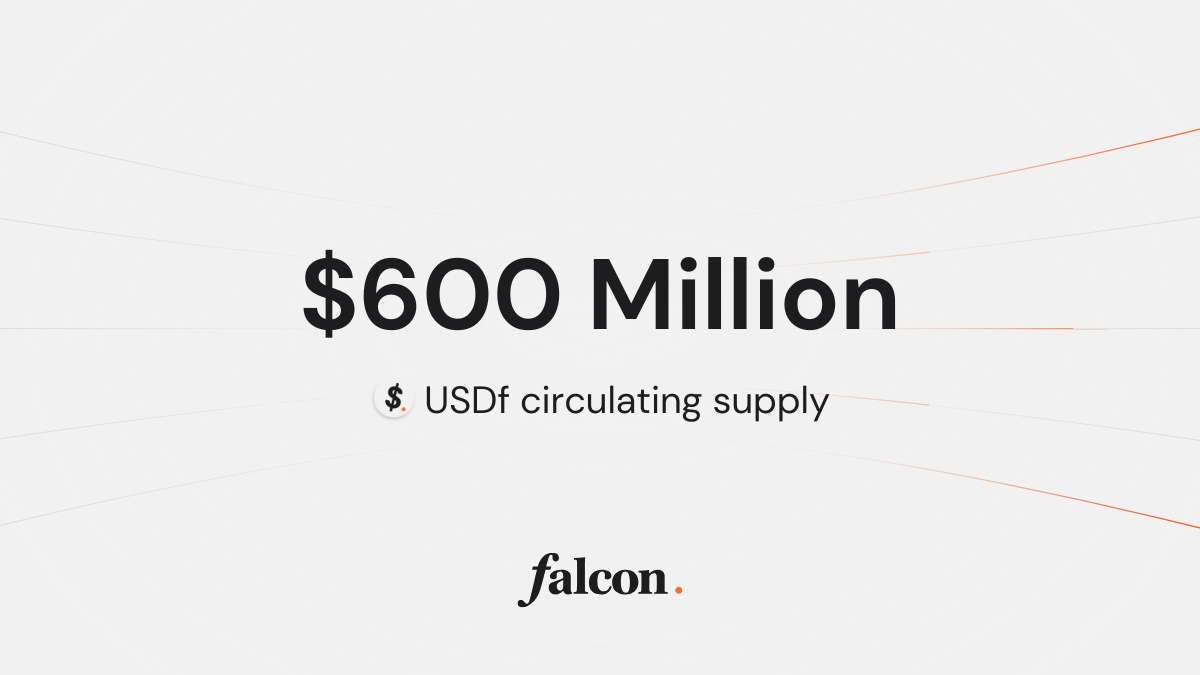A paper wallet is a physical storage system created to hold private keys for cryptocurrencies. It is an offline method of securely storing cryptocurrency assets. While cryptocurrencies are digital assets, their private keys, which are used to access and transfer the funds, can be stored on a piece of paper. This physical representation of the private keys is known as a paper wallet.
A paper wallet typically consists of a printed or written version of the private keys and public addresses associated with a cryptocurrency. The private key is a long string of alphanumeric characters that serves as a password to access and control the funds. The public address, on the other hand, is a shorter version of the public key that can be shared with others to receive funds.
One of the main advantages of using a paper wallet is the increased security it offers. Since it is an offline storage method, it is not susceptible to hacking or online attacks. Paper wallets can be generated using trusted software or by manually writing down the keys. However, it is crucial to follow best practices to ensure the security of the paper wallet.
To create a paper wallet, it is recommended to use a reputable paper wallet generator. These generators create random and unique private keys and public addresses. The generated keys can be printed on a piece of paper or written down manually. It is important to ensure that the keys are accurate and legible.
Once the paper wallet is created, it is essential to store it in a secure location. This can be a safe, a lockbox, or any other place where it is protected from physical damage and unauthorized access. It is also recommended to create multiple copies of the paper wallet and store them in separate locations as a backup measure.
While paper wallets offer increased security, there are some potential risks and drawbacks to consider. One of the main risks is the physical vulnerability of the paper. Over time, the paper may deteriorate, get lost, or be damaged by elements such as fire or water. It is crucial to use high-quality paper and ink to ensure the longevity of the paper wallet. Some users opt for “steel wallets” made of durable, rust-resistant metals like aluminium and titanium to mitigate these risks.
Another potential risk is the possibility of human error during the creation or use of the paper wallet. Mistakes in writing down the keys or not securely storing the paper wallet can lead to the loss of funds. It is important to double-check the keys for accuracy and follow best practices for secure storage.
It is worth noting that paper wallets were once popular storage solutions, but their usage has declined with the introduction of other storage methods such as hardware wallets and software wallets. These newer solutions offer added convenience and security features while still maintaining the offline nature of paper wallets.
In conclusion, a paper wallet is a physical storage system used to hold private keys for cryptocurrencies. It offers increased security by keeping the keys offline and out of the reach of hackers. However, it is essential to follow best practices to ensure the safety of the paper wallet and mitigate potential risks. While paper wallets have been overshadowed by newer storage methods, they still serve as a viable option for those seeking a highly secure storage solution for their cryptocurrencies.















